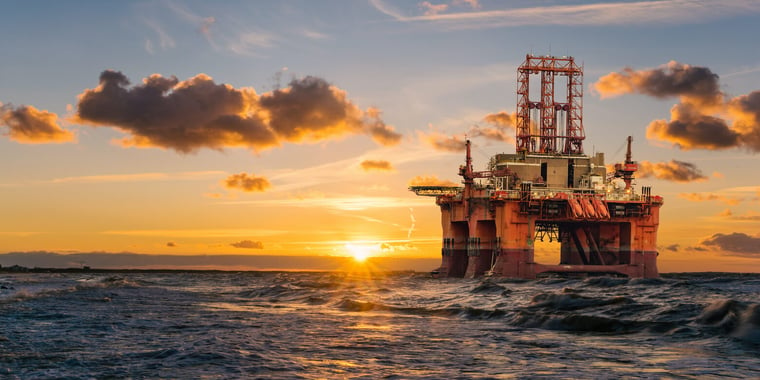It’s an often-quoted statistic in marine circles that 80 percent of decisions made offshore involve the weather. Offshore environments can be extremely challenging in many parts of the world as weather conditions can change quickly and threaten businesses and employees. A good understanding of the weather, and how it impacts offshore operations, is essential if people are to make confident operational decisions.
Over the years meteorological organisations have worked closely with the marine industry, to develop solutions designed to increase safety, mitigate risks, minimise downtime and decrease costs. Occasionally this may involve sending trained forecasters offshore to be embedded into project teams but armed with new technologies and more often, involving advice from onshore. Forecasters communicate weather risk by providing the latest real-time, high quality, reliable weather forecasts to ensure offshore teams can execute projects safely, without weather-related delays.
| Some marine technical input was provided by the recently retired Captain Steve Ferguson who has been a marine advisor and manager in shipping and energy companies for 27 years. |
Accurate and Reliable Forecasts
Many projects offshore are weather critical, but one of the most challenging, and potentially dangerous, operations for Marine Departments in the offshore energy industry, is relocation of self-elevating mobile offshore drilling units, often referred to as ‘jack-up’ rigs. The criteria involved in a 'jack-up' rig move is so critical that some moves may take months to complete. Multiple phases, (each one relying on its own specific weather criteria) are required to complete a successful ’jack-up’ relocation, however, other high risk offshore projects also are highly weather critical, such as:
- Open water rig-moves (Jack-ups)
- Open water rig moves (Semi-submersibles)
- Rig-moves or anchor operations close to subsurface infrastructure such as pipelines, manifolds, power umbilicals, Sub-surface Safety Intervention Valves (SSIV’s) etc, which require deployment of Remote Operated Vehicles (ROV’s)
- Anchored Mobile Offshore units (MOU’s) which require deployment of anchors or connection to pre-laid mooring systems
- Pre-laying of anchor spreads which also usually require ROV operations
- Moving Jack-Ups close to surface installations
- Moving Jack-Ups clear of surface installations
- Survey, light construction, or diving operations near or within subsurface infrastructure (which may require divers entering structures for example)
- General and critical operations on floating surface installations such as sensitive crane operations either inboard or with attendant support vessels
- Weather-side operations close to surface installations
Many units discussed in the list above will normally have a minimum of 4 anchors to deploy (or connect to pre-laid anchor spreads) which require the assistance of marine towing and/or anchor-handling vessels. Specifically, ‘jack-up’ units will usually have 3 tugs connected whilst they winch themselves into place with fine-tuning assistance provided by the tugs.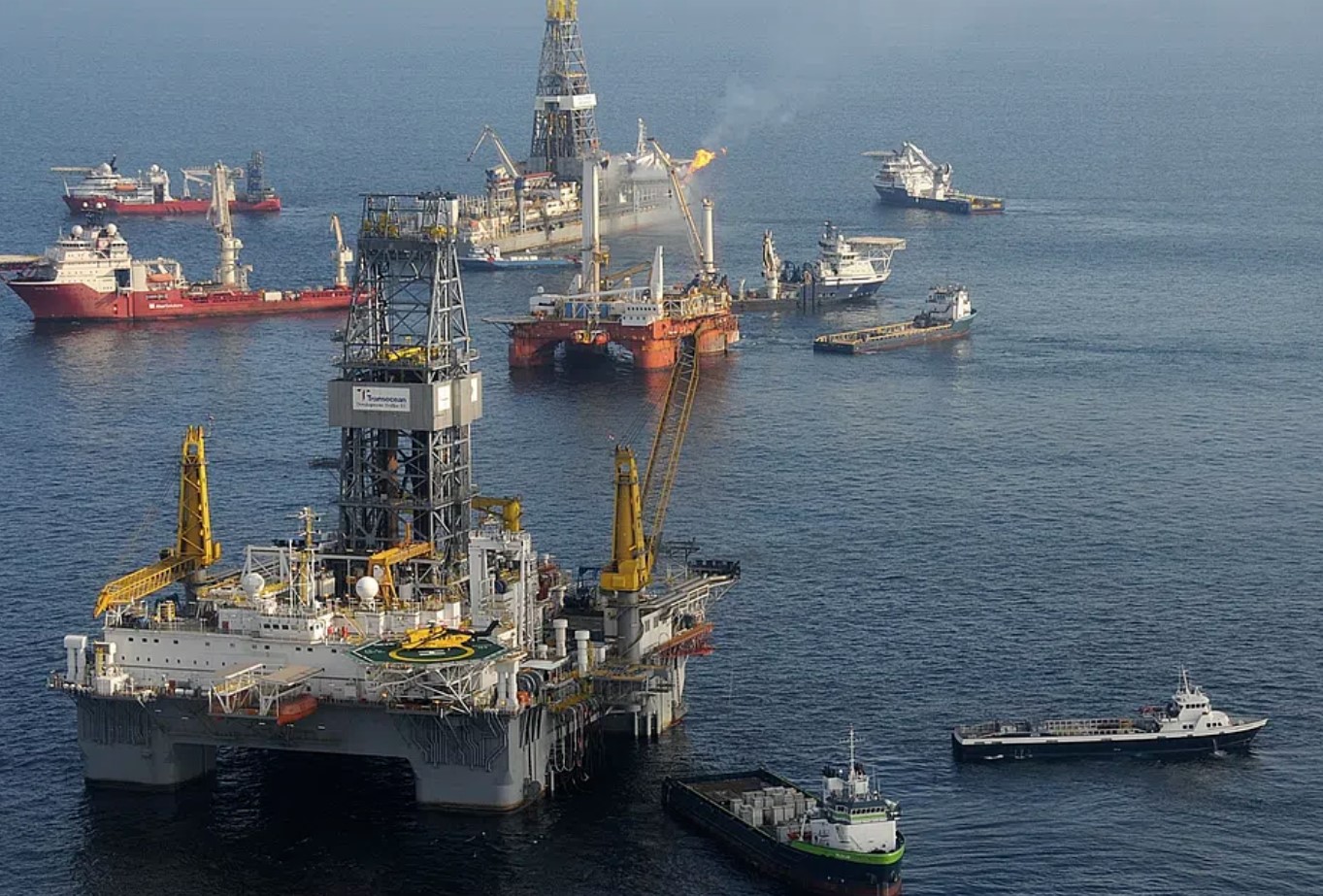
Critical Operations and Forecast Confidence
Each one of these units has differing weather limits and they depend on reliable accurate forecasts.
Generally, the most weather sensitive of all of these operations is moving jack-ups close to surface installations which usually requires the following (dependent on the specific rig characteristics);
- Steady or declining weather criteria / weather forecast
- Wind speed of less than 15-20 knots generally blowing away from the installation that it would be moving alongside
- Preferably slack tide or with tidal current pushing the installation away from the installation to open water
- Swell and wind waves of 1-1.5 metres or less
- Swell and wave periods below 8 seconds (this is because the rigs have the majority of their legs above the waterline (which is effectively a lever causing rolling and pitching motion)
This is the core reason why energy companies working offshore rely so heavily on accurate, reliable, and, in particular, high confidence forecasts. They need to ensure that ‘suitable weather windows’ exist to carry out the entire rig move through all its phases such as;
- Jacking down and un-mooring at the departure location
- Connecting the tow
- Towing to the final location, defined emergency jacking location, or ‘stand-off’ location
- Jacking-up and pre-loading the rig legs at each of these options (which can take 2-3 days to complete)
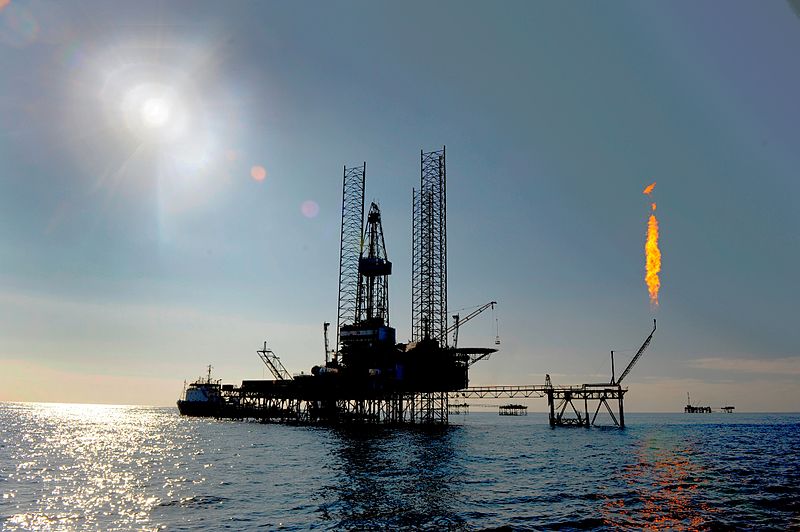 Jack-up rig in the Caspian Sea.
Jack-up rig in the Caspian Sea.
Once the unit reaches its final location and is near by a surface installation, it will jack its legs down if approaching from a stand-off position and take account of the following:
- Checking for weather-tight integrity of the hull
- Connecting or running the moorings whether pre-laid or otherwise
- Connecting all tugs
- Winching towards the installation
- Jacking-down the legs to seabed
- Jacking-up hull above sea-level
- Disconnecting tugs
- Pre-loading legs
- Jacking-up the hull to its final air draft
Typically these moves can take around one week in periods of benign weather patterns but can easily take many months in the winter while Marine Departments try to identify safe weather windows to complete the operation.
There are of course occasions when weather is not given the deserved focus, and such operations can unfortunately quickly turn into a life-threatening situation.
Recently there was a serious supply vessel incident in the North Sea where a vessel master had not consulted an updated weather forecast (issued 12 hours previously) and proceeded with pre-planned activity alongside a ’jack-up’ rig. Forecast confidence had reduced in the forecast because of competing weather systems, and the wind and waves of the updated forecast presented a serious threat to the vessels operation. The vessel continued its pre-planned activity, but despite the efforts of the Master, using both automatic and manual controls, the increased wind and waves, together with tidal influence forced the vessel into a ’jack-up’ leg, which, with the sea swell rising and falling, effectively sawed through the vessel’s side, near the stern (‘jack-up’ legs have tungsten carbide 'teeth’ which is part of the rack and pinion jacking system). There were many factors that caused this collision incident but weather was a significant contributing influence.
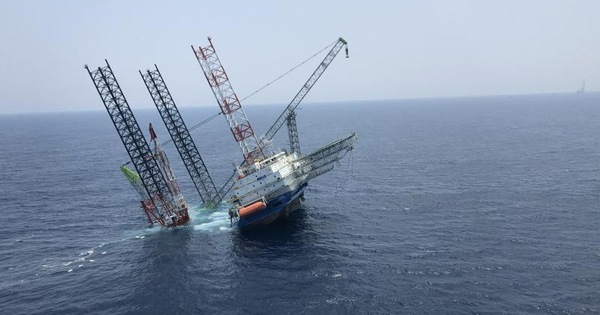 Not actual footage of the incident.
Not actual footage of the incident.
Keeping Operations Safe with the Latest Weather
All the major weather forecast providers working in the marine sector, are committed to delivering the most accurate forecasts they can, to ensure safe operations. Considerable investment is allocated to development of the latest global weather models, computing power and staff to ensure the best possible mix for forecast solutions.
Modern technology has improved the accuracy and reliability of forecasts, but forecasters still rely on end-users to consult the latest forecasts to ensure their decision-making surrounding all aspects of the project is sound. Moreover, weather forecast organisations do try to work closely with clients and be briefed about projects and operational limits. In addition, they will also encourage clients to contact them 24/7 if there is operational uncertainty because of weather, or simply for general weather guidance.
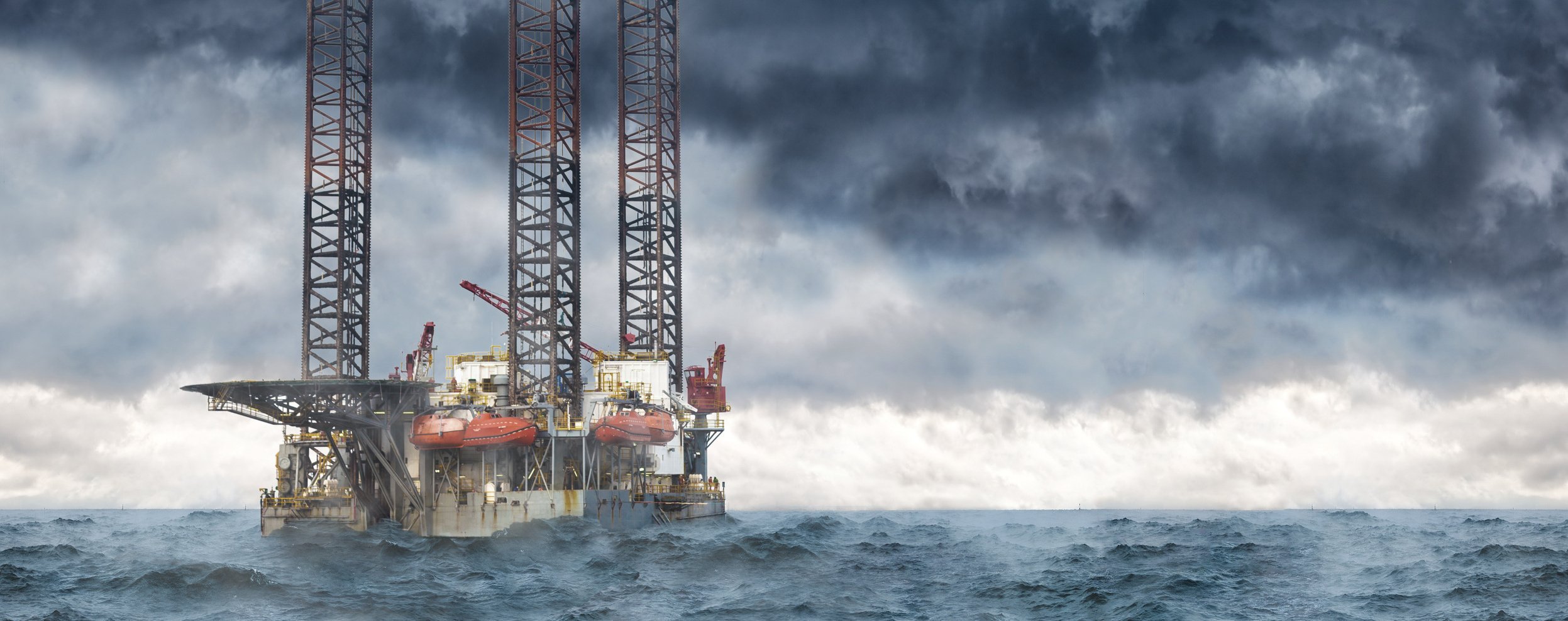
Weather Incident Reporting
On occasions, weather providers do receive some negativity about the quality of a forecasts, especially if an end-user is comparing it to other providers. This normally is to do with the global models used and the forecasters interpretation of local weather patterns. Weather companies strongly recommend that all clients provide real-time location observations, if available, as this helps forecasters calibrate models that will help to improve the forecast quality.
Sometimes weather is not given the attention it deserves offshore. Not keeping updated with changing weather can lead to near miss or actual incidents. If you find that is happening in your organisation, CHIRP welcomes safety-related reports from anywhere in the world and from all parts of the maritime industry including commercial seafarers, fishering, recreational and leisure mariners, and anyone who works in a port or harbour.
Want to know more?
At Infoplaza, a dedicated weather room with experienced marine meteorologists is ready to support your offshore operations, 24/7. Along with our Marine Weather Dashboard, you always have access to the most expert view on weather situations, so you can excel at decision making.
